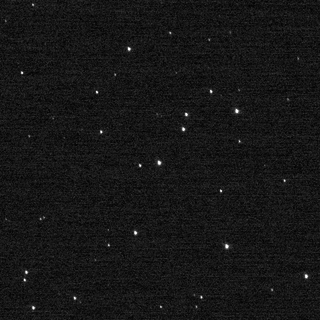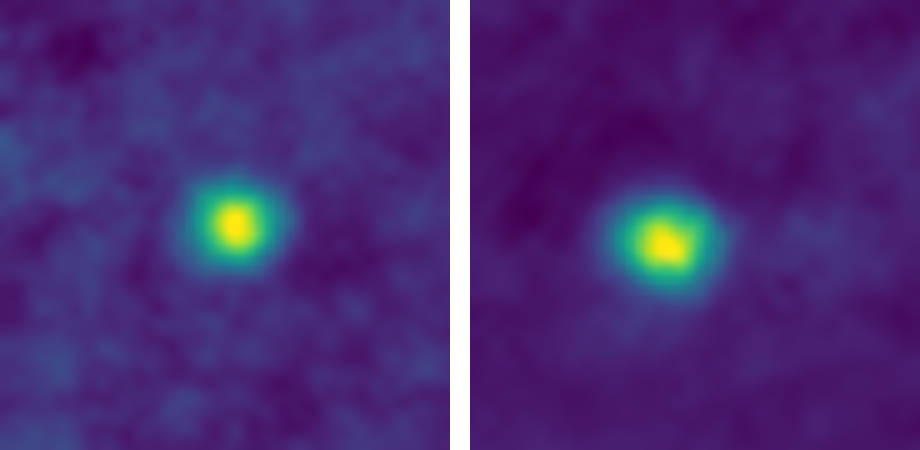Nasa's New Horizons spacecraft makes history by capturing the 'farthest image ever' from Earth
New Horizons, which covers over one million kilometres of space per day, captured record-breaking images in the Kuiper Belt.



Nasa's New Horizons spacecraft has made history by capturing the "farthest image ever" from Earth. On 5 December, 2017, the spacecraft, which covers over one million kilometres of space per day, was 6.12 billion kilometres from Earth, when it captured an image of the "Wishing Well" open star cluster – making it the "farthest image ever made from Earth".
According to Nasa, New Horizons' record-breaking image was captured when it was even farther away from Earth than Nasa's Voyager 1 when it captured the infamous "Pale Blue Dot" photo of Earth.
However, just two hours later, New Horizons LORRI (Long Range Reconnaissance Imager) broke its own record and captured images of Kuiper Belt objects (KBO) from ever farther away. The images of KBO 2012 HZ84 and 2012 HE85 are also the closest-ever images of KBOs.
"New Horizons has long been a mission of firsts — first to explore Pluto, first to explore the Kuiper Belt, fastest spacecraft ever launched," New Horizons principal investigator Alan Stern, said in a statement. "And now, we've been able to make images farther from Earth than any spacecraft in history."
In 2017, New Horizons began its mission in the Kuiper Belt, where it aims to observe around two dozen KBOs, dwarf planets and centaurs. The spacecraft is also making almost continuous measurements of the plasma, dust and neutral-gas environment during its journey.
The spacecraft is scheduled to make history once again on 1 January 2019, by encountering a KBO named 2014 MU69. According to Nasa, the upcoming flyby will be the "farthest planetary encounter in history, happening one billion miles beyond the Pluto system".
The spacecraft is currently in hibernation but it is scheduled to be woken out of its electronic slumber on 4 June.






















